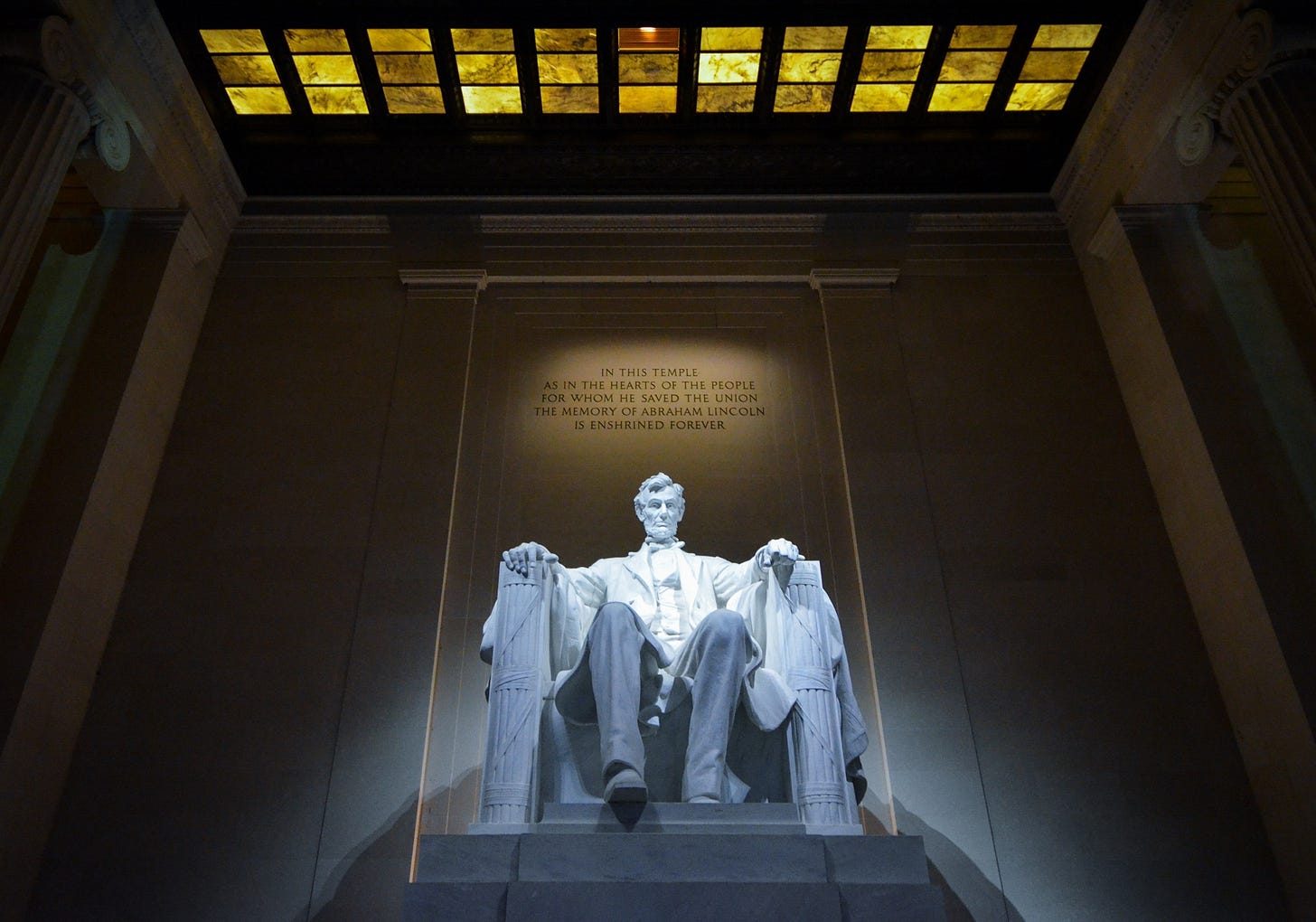Awe and wonder are transformative.
They’re rejuvenators shaking us from ruts and malaise, but aren’t always easy to find.
During a subscriber conversation yesterday, we kept returning to wonder and awe’s elusiveness. The subscriber mentioned a theory: the awe she feels is proportional to her ability to concentrate on awe-worthy things, which I’ve also found. Distraction destroys awe. If life is hectic and stressed, it’s harder to get into the “awe zone.”
I made the destination between “quiet awe,” and “slapper awe,” which she found useful. The first is a light tap. The second might drive us to our knees.
Sometimes, we really need the later.
Quiet Awe vs Slapper Awe:
Quiet Awe: It arrives in undistracted moments. We might have to work for it, since it requires a clear head and diffused attention. It’s subtle, but no less impactful for that. Much of the awe I mentioned here is quiet.
Slapper Awe: It’s much harder to overlook. It reaches out and knocks us aside the head — look at this, you fool!
Both are gateways to an expanded perspective. Slapper awe is merely a louder knock on the door of our mind, which we might notice. If we can’t pull our eyes from our phone, we’ll still miss it. But it’s harder.
Whether we’re after quiet or slapper awe, it pays to prepare for the zoomed-out perspective first.
Be alone, if possible.
Get into a void and escape the firehouse of opinions and ideas online. Chain yourself to a mast, if necessary.
If quiet awe isn’t happening, go looking for some slapper awe. This is one of the better reasons to travel — to gain a perspective. Do not go as a tourist, but as a pilgrim of awe. These aren’t the same mindsets, though you might be looking at the same thing.
Where should you go? Here are three ideas.
Awe-Inducing Nature:
There’s a trickle of a stream running through the park across the street, and I can induce awe there if I’m in the right mindset and intellectually work for it.
But I spent a January day in California’s Muir Woods this year. Entering the Cathedral Grove was a slap across the face, or maybe a crowbar. It’s simply incredible in a way that’s hard to describe, and no pictures or videos do it justice. Without trying, I was shaken and my mood was elevated. I looked at those ancient trees in wonder, hardly believing such a place could exist.
The world is full of places that do this to us, but they must be sought. America’s National Parks have many, but every continent does too. Go find them.
Human-Built Awe
Coming around a bend and seeing Florence’s Duomo is an oh, shit sort of moment. You’re walking winding medieval streets and then there is it, looming up into the sky.
Man has mostly stopped building these sort of projects. But Classical and Renaissance artists and builders believed cities could elevate us with certain ratios, styles, and themes. Their remnants still hit hard today.
Similarly, man-made art can either zoom out our perspective and induce awe or zoom it in and shake us from complacency, as I wrote about in this piece with
.In Awe of Vision
Slapper Awe is always a gateway to expanded perspectives, but often the idea isn’t obviously embodied in the thing itself; it’s an abstraction. Physically manifesting the idea brings it home in ways discussion or reading can’t.
Go to the Lincoln Memorial at night, when the crowd is long gone and everything is quiet. The tall ceilings and restrained grandeur set the mood like a cathedral. Look at the proportions and expressiveness of Lincoln’s hands. Read his words, carved into the walls like an indictment, a celebration, a challenge.
The memorial pulls us from our modern disdain for politics and politicians and into the awe-worthy idea of America’s best vision of itself. It’s never been better articulated.
It’s not about being a cynic or an idealist. It’s possible to be clear-eyed about where we are while also being shaken by the ambitious heights man will fight for. This, too, is a kind of awe.
Carrying Awe Into The World
Awe usually doesn’t reach out and slap us, and we can’t constantly travel to find it. Sustainable awe means establishing the mindset, routines, and places which call it forth. After a few hard slaps, we’re more primed to be able to navigate that process.
Are you saying, “That’s right. I should do that. I should make room for awe in my life.”
…while knowing full well you likely won’t?
It’s worth considering how we can make it more likely that we’ll do good things for ourselves.
Religious people pray; they go to church each week and get into a certain mindset. But most nonreligious people I know are bad at seeking out elevated states. Unless it slaps them across the face, they’re not going there.
The shackle of religious practice is an excuse — and often a mandate — to achieve a state that’s good for humans.
Whatever our beliefs, we can find these states. But will you willingly don your own shackle? I talk about how in this piece:
Thanks for reading Socratic State of Mind.
If you liked this article, please like and share it, which helps more readers find my work.








Dry fasting in spring-time desert ...
The field behind our house was rewilded five years ago and it's slowly been turning itself back to long grass and scrub. Pretty much every morning now I come down to the kitchen and look out of the window to see a barn owl looping and bobbing her way back and forth across the field. She's become like a talisman for me, a way of connecting with something old and powerful before the layers of modern life get draped over my day. I hadn't thought of this daily ritual as one of awe, but having read your post I'm thinking that's exactly what it is. Thanks for sharing!